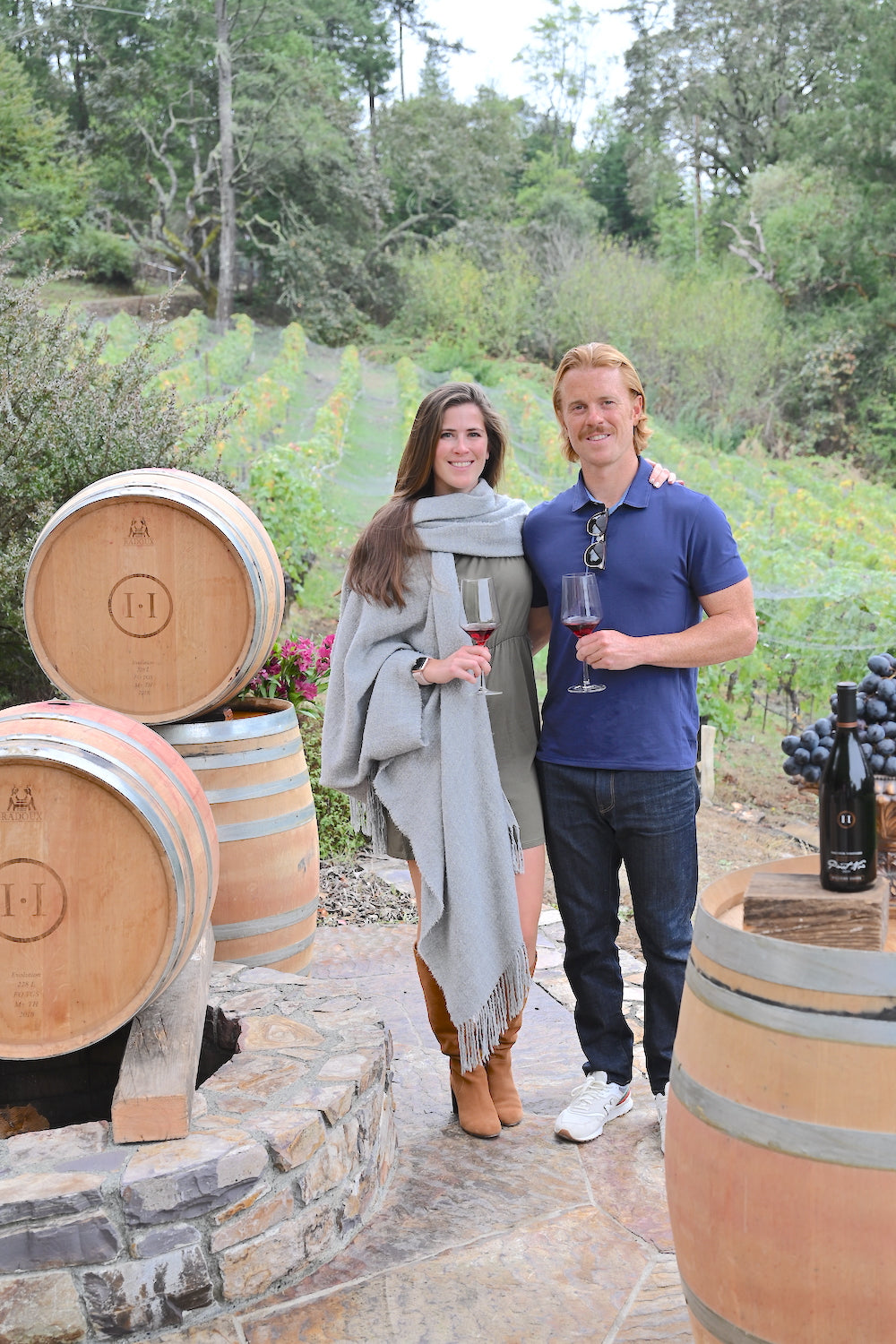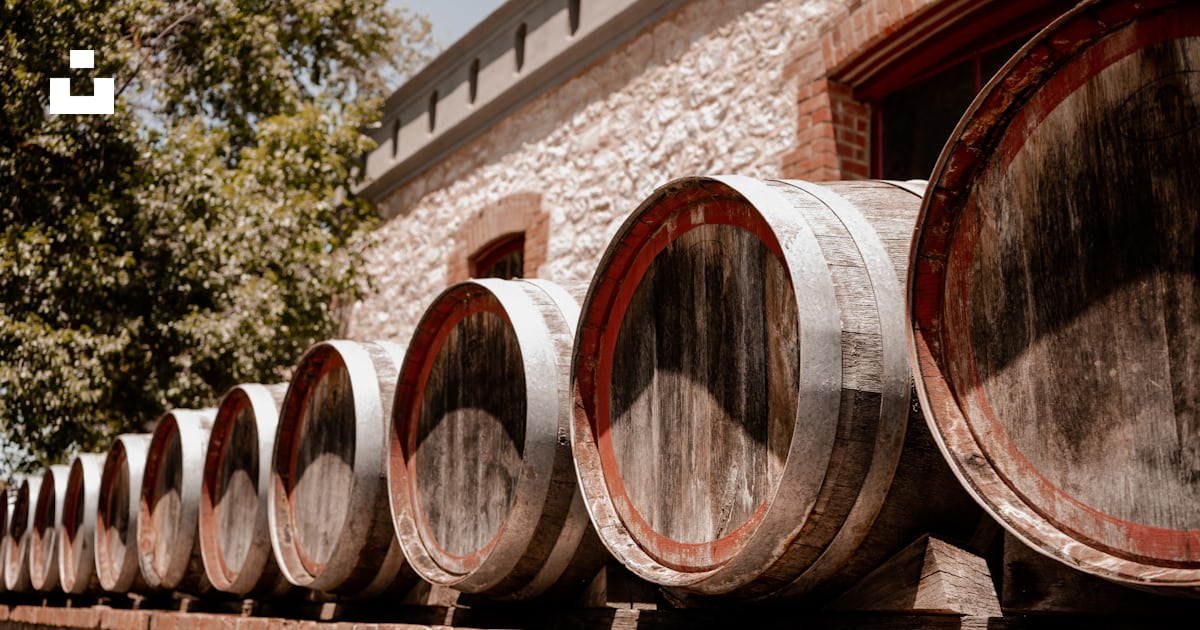Wineries That Offer Barrel Tastings - Sonoma Vineyard Tours
Wineries That Offer Barrel Tastings - Sonoma Vineyard Tours
Blog Article
Vineyard Picnic Spots In Sonoma Valley - Discover Sebastopol's Wine Scene
Wine tasting is an art that combines sensory experience with an appreciation for the nuances of various varietals. How to evaluate flavors in winery wine tasting classes is pivotal to greedy the complexities of wine.
Engaging in a wine tasting includes more than simply sipping and savoring. It requires a centered strategy to identify aromas and flavors that every wine presents. As you begin, observe the wine's appearance, noting its shade and readability. These visible cues usually recommend a wine’s age, grape variety, and even potential flavor profiles.
The subsequent step within the tasting course of is to swirl the wine in your glass. This motion releases fragrant compounds which are important for analysis. Lean in and take a second to inhale deeply; the aromas can range from floral and fruity to spicy and earthy. The nose of the wine is just as necessary because the palate, and recognizing scents plays a big position in understanding the overall experience.
When taking your first sip, enable the wine to move throughout your palate - Wineries Offering Educational Wine Seminars. Notice the preliminary flavors that present themselves. Is the wine fruity, floral, or maybe herbaceous? This preliminary style offers perception into what the wine is more likely to specific as you proceed to judge it. The mouthfeel also contributes to the general flavor experience; it can be silky, tannic, or even effervescent.
Popular Wineries With Outdoor Seating In Sonoma - Sonoma Wine Tasting Recommendations
As you proceed tasting, pay consideration to the wine’s balance. A well-balanced wine will harmonize acidity, sweetness, and tannins. If one element overwhelms the others, it'd indicate a much less fascinating high quality. Evaluating steadiness can help you determine how properly the wine may pair with food.
Transitioning to the finish, contemplate how the flavors evolve because the wine lingers in your palate. A lengthy, pleasant end can indicate a high-quality wine, whereas a short or abrupt finish may suggest otherwise. Reflect on whether or not the flavors stay constant or if new notes emerge because the wine settles. This progression can reveal complexities and intricacies which may not have been apparent in the initial tasting.
Temperature is also an important think about evaluating wine flavors. Totally Different types of wine are optimally loved at particular temperatures. White wines usually shine when chilled, whereas pink wines usually perform finest at room temperature. When tasting, make positive the wine is at the acceptable temperature to completely appreciate its character.
Wineries With River Views - A Visit To Sebastopol Wineries
Pairing food with wine can tremendously enhance the tasting experience. Meals can affect the perception of flavors in wine, both highlighting certain characteristics or diminishing them. When evaluating flavors, consider how the wine interacts with totally different foods, noticing which flavors are amplified or muted (Wineries Pairing Wine With Chocolate).

Contemplate the affect of terroir as you have interaction in a winery tasting. Terroir encompasses the unique environmental elements that affect grape growing, together with soil composition, climate, and geography. Understanding a wine's terroir can present perception into its flavors and aromas, fostering a deeper appreciation for the choices made during its cultivation and manufacturing.
Schooling performs a elementary function in enhancing one's capability to evaluate wine flavors. Learning about grape varieties, wine areas, and manufacturing methods can pave the method in which for more informed judgments throughout tastings. Additionally, attending workshops or classes can refine sensory skills and expand your flavor vocabulary, enabling you to articulate tasting notes extra effectively.
Lastly, it is important to keep in thoughts that evaluating wine flavors is a extremely personal experience. Individual preferences and perceptions will invariably shape one’s tasting journey. Enjoyment ought to be why not find out more at the forefront, with the analysis process performing as a tool to boost understanding and appreciation rather than create inflexible pointers.
Wineries With Unique Varietals - Unique Wine Tasting Experiences In Sebastopol
In conclusion, mastering tips on how to consider flavors in winery wine tasting periods includes a mixture of sensory engagement, data, and practice. By studying to identify aromas, assess the balance, and appreciate the intricacies of flavor, wine enthusiasts can deepen their connection to every bottle they encounter. As with any art kind, the extra one immerses themselves within the experience, the extra they may uncover and benefit from the vast world of wine.
- Start by observing the wine's colour and readability, as these visible parts can trace at its flavor profile and growing older potential.
- Swirl the wine gently in your glass; this releases fragrant compounds, allowing you to better determine the advanced scents related to the wine.
- Take a deep inhale earlier than tasting, specializing in both main and secondary aromas to assemble insights on fruits, spices, and other nuances.
- When tasting, permit the wine to coat your palate; note the initial flavors, the mid-palate complexity, and the finish as these stages can present different flavor highlights.
- Pay attention to texture and mouthfeel, as aspects corresponding to tannin ranges, acidity, and sweetness contribute considerably to the general tasting experience.
- Examine flavors against commonplace wine characteristics; for purple wines, think about berry notes, oak influence, and natural tones, whereas whites may embody citrus, stone fruits, and floral hints.
- Take notes during the tasting session to track your impressions, helping you to remember and consider the totally different wines sampled.
- Discuss your findings with fellow tasters or winery staff, as sharing insights can enhance understanding and appreciation of particular person flavors.
- Enable time for the wine to breathe; typically, flavors evolve and reveal new dimensions after being exposed to air.
- Experiment with food pairings in the course of the tasting as they will dramatically alter how flavors are perceived, influencing total enjoyment.undefinedWhat ought to I search for when evaluating the aroma of wine during a tasting?
Start by swirling the wine in your glass to launch its aromas. Bring the glass to your nose and take a deep breath. Pay consideration to the primary scents you detect, as these are sometimes the most distinguished. Look for fruit, floral, herbal, or earthy notes and attempt to establish specific traits, which can deepen your understanding of the wine's complexity.
Wineries Ideal For Large Groups - Wine Tours And Tastings In Sebastopol

How can I distinguish between totally different flavor profiles in wine?
Understand that flavor profiles are sometimes categorized as fruit, floral, herbaceous, spicy, or mineral. Take small sips and permit the wine to coat your palate. Discover the their website primary flavors that emerge first and the subtle notes that follow. This layering is essential in distinguishing the wine's traits and can allow you to recognize its unique profile.
Wineries With Artisan Chocolate Pairings In Sonoma - Discovering Sebastopol's Wineries
What is the importance of the wine's texture in a tasting?

The texture of the wine, also called mouthfeel, performs an important position in how we understand flavors. Pay attention as to whether the wine feels clean, creamy, or gritty. The body of the wine (light, medium, or full) can enhance or contrast with flavors, offering a more rounded experience during tasting.
How do I assess the balance of flavors in wine?
Balance in wine refers back to the harmony between acidity, sweetness, tannin, and alcohol. Take a second to evaluate whether or not these components complement or intervene with one another. A well-balanced wine will have none of its parts overpowering the others, creating a pleasant tasting experience.
Wineries Offering Educational Wine Seminars - Sonoma Wine Retreats
What function does temperature play in evaluating wine flavors?
Temperature can considerably impact the notion of flavors. Typically, red wines are greatest served barely beneath room temperature, whereas white wines benefit from being chilled. As the temperature adjustments, the aromas and flavors can shift, allowing you to understand different traits. It’s important to style wine at its optimal temperature for true analysis.
Elegant Wine Tasting Locations In Sonoma - Vineyard Tasting Events In Sonoma County
How can I improve my tasting skills over time?
Practice is essential to enhancing your tasting skills. Wineries With Unique Gamay Wines. Attend tastings, hold a journal of your experiences, and discover different sorts of wines to broaden your palate. Additionally, learning about wine manufacturing and grape varieties can present context that enhances your analysis process, making you a more knowledgeable taster.
Is there a selected order during which I ought to style the wines?
Best Wineries For Wine Tasting In Sonoma - Sebastopol Wine Tours And Vineyards
Yes, it’s advisable to taste wines from light to full-bodied and dry to sweet. This progression prevents the stronger flavors from overshadowing the more delicate ones, allowing you to totally recognize every wine's characteristics and nuances without palate fatigue.
How can I consider the aftertaste of wine?
Wineries That Offer Barrel Tastings - Best Vineyard Visits In Sonoma
The aftertaste, or finish, is a crucial facet of the wine-tasting experience. After swallowing, pay consideration to how lengthy the flavors linger on your palate and whether they change. A long, pleasant end is commonly an indicator of a high-quality wine, while a short or unpleasant finish may counsel otherwise.
Why is it essential to note the wine’s acidity throughout tasting?
Acidity contributes to the general freshness and structure of the wine. Pay consideration to the tingling sensation in your tongue; larger acidity can improve the wine's liveliness and balance out sweetness. Noting acidity helps determine the wine's versatility with food and its growing older potential.
What should I do if I battle to determine particular flavors in wine?
Best Pinot Noir Wineries In Sebastopol - Sonoma's Hidden Winery Gems
Struggling to establish flavors is widespread, especially for newbies. Focus on broader categories and describe what you can recognize, corresponding to sweet or earthy notes. With practice, studying about totally different flavor profiles, and maybe using flavor wheels, you will refine your senses and develop a more nuanced approach to tasting. Report this page